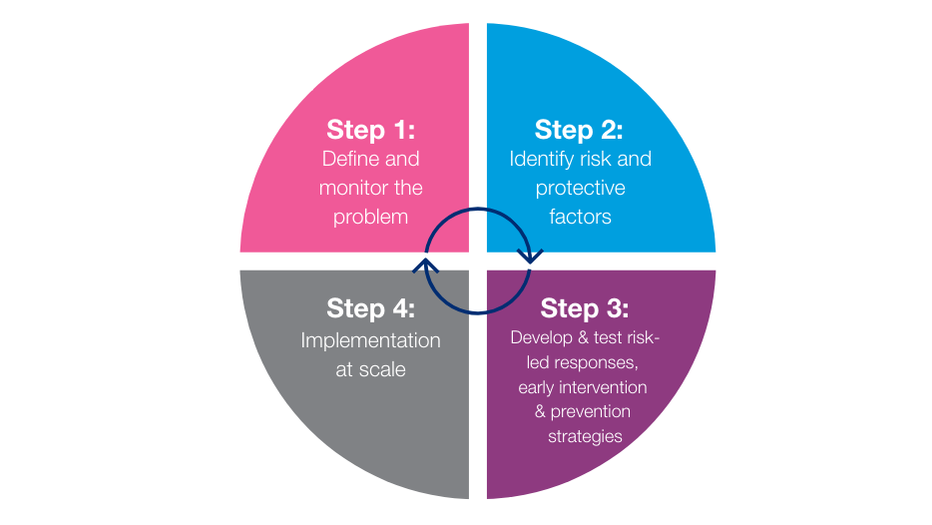
Domestic abuse guidance for virtual health settings
Five simple steps health professionals can use to identify and respond to people who might be at risk
Using virtual health settings, such as online or on the telephone, can be more convenient – and allowed essential services to continue during the coronavirus pandemic.
But there are also risks for victims of domestic abuse who live with their abuser. This guide sets out five simple steps health professionals can use to identify and respond to people who might be at risk. It can be applied in services which use routine enquiry like maternity services or clinical enquiry such as general practice.
The guide outlines warning signs of domestic abuse – and how to identify these in a virtual settings. And covers the five R’s of enquiry, based on a model by IRISi:
- Recognise and ask
- Respond
- Risk assess
- Refer
- Record
You may also be interested in


Our training and services

